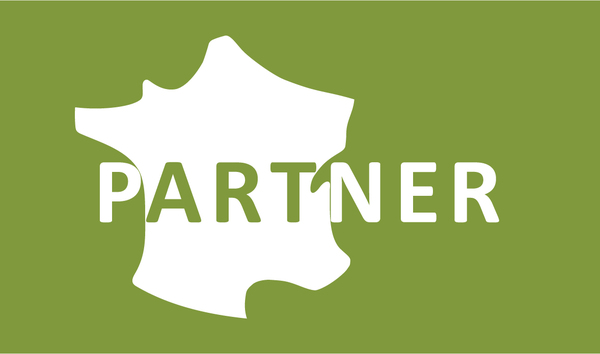Artwork logitics : step by step
Partner Fine Art
Transport and logistics of works of art
Drafting of the quotation
When we get in touch, a planner will ask you for details of the planned operation in order to draw up an accurate estimate. If necessary, he or she will visit you on site to get a better idea of the work involved.

Opening a file
As soon as the order is received, the coordinator in charge of the operations will contact you to orchestrate all the operations, taking into account your schedule constraints, and will start planning operations.
Depending on the service requested, the following operations will be organised by the coordinator, who will keep you informed of every detail.

Fine arts formalities
The administrative procedures with the Ministry of Culture will be implemented as soon as possible in order to obtain any licences or passports and authorisations to leave the country.

Organisation of the visits
If crates need to be made to pack the works, we will arrange visits to measure the works precisely and obtain specific instructions from the lender/owner about packing
Conceiving crates
The crates will be made to measure by our carpentry workshop. A complete catalogue of crates is available in order to take into account the different types of works, depending on transport and budget. An entry-level crate will be suitable for local transport by truck. For longer journeys, possibly by plane, a crate with more reinforcements or with insulating thermal capacities may be more suitable. Different types and densities of foam will be used depending on the weight of the work, the journey and any storage time. For the most fragile works, anti-vibration pads can be used. The interior cushioning will also be adapted as closely as possible, eventually using tyvek to cover the.

Packaging operations
On the scheduled day, our teams will pack the artworks. Our packers have been specifically trained to handle and pack.
Customs
When crossing EU borders, we will make the necessary declarations to the customs authorities on your behalf. This service is not subcontracted to an external forwarder but is managed by our declarants, which ensures a smooth and efficient relationship with the customs authorities.

Transport of works by truck
The works will be removed according to the imposed schedule.
The routes will be organised in such a way as to be as direct as possible between two addresses and to limit load breaks. The organisation of the routes also takes into account the budget dedicated to transport (groupage transport being by nature less expensive than direct transport) as well as the regulatory constraints relating to working and driving times.
The overnight stays en route are all spent in a secure enclosure validated by the client (museum courtyard, partner agency, police warehouse).
Trucks dedicated to transporting works of art have very specific characteristics that are developed with the manufacturer and the bodybuilder before the truck is manufactured. The essential features are: reversible air conditioning in the body, an insulated body, a tailgate, air suspension, an additional seat for the courier.
Transport of works by air
Air travel is preferred for longer distances.
Airport cargo areas are very busy places, with many people involved, constant deliveries and collections, and constantly moving forklifts.
In order to ensure that the works of art are taken over by the airline in complete safety, we have developed direct and privileged links with the people working in the cargo areas. If requested, we carry out so-called supervision operations consisting of accompanying the works from the unloading of the lorry until they are loaded into the aircraft's hold. In this context, we supervise the palletisation stage during which the crates are positioned and secured on aerial pallets or in aerial containers.

Transport of works by train
The train is not generally used, except for small works packed in hand luggage and transported by a conveyor or one of our agents.
Transport of works by boat
Transport by ship involves packing the works into a sea container. The transport is then long and the departure and arrival dates of the ships are not fixed and are subject to port traffic in the ports of departure and arrival. Weather conditions during transport are also difficult to control. The use of maritime transport is therefore limited. It is, however, effective in transporting large works of art on a limited budget.

Installation and de-installation of works
Our teams are trained in the installation of works. Depending on the service required, specialist hanging agents (for paintings) or slinging and cladding agents (for sculptures or heavier works) are made available. Our teams also work in collaboration with the artists' teams in the case of works that need to be mounted/dismantled.



















